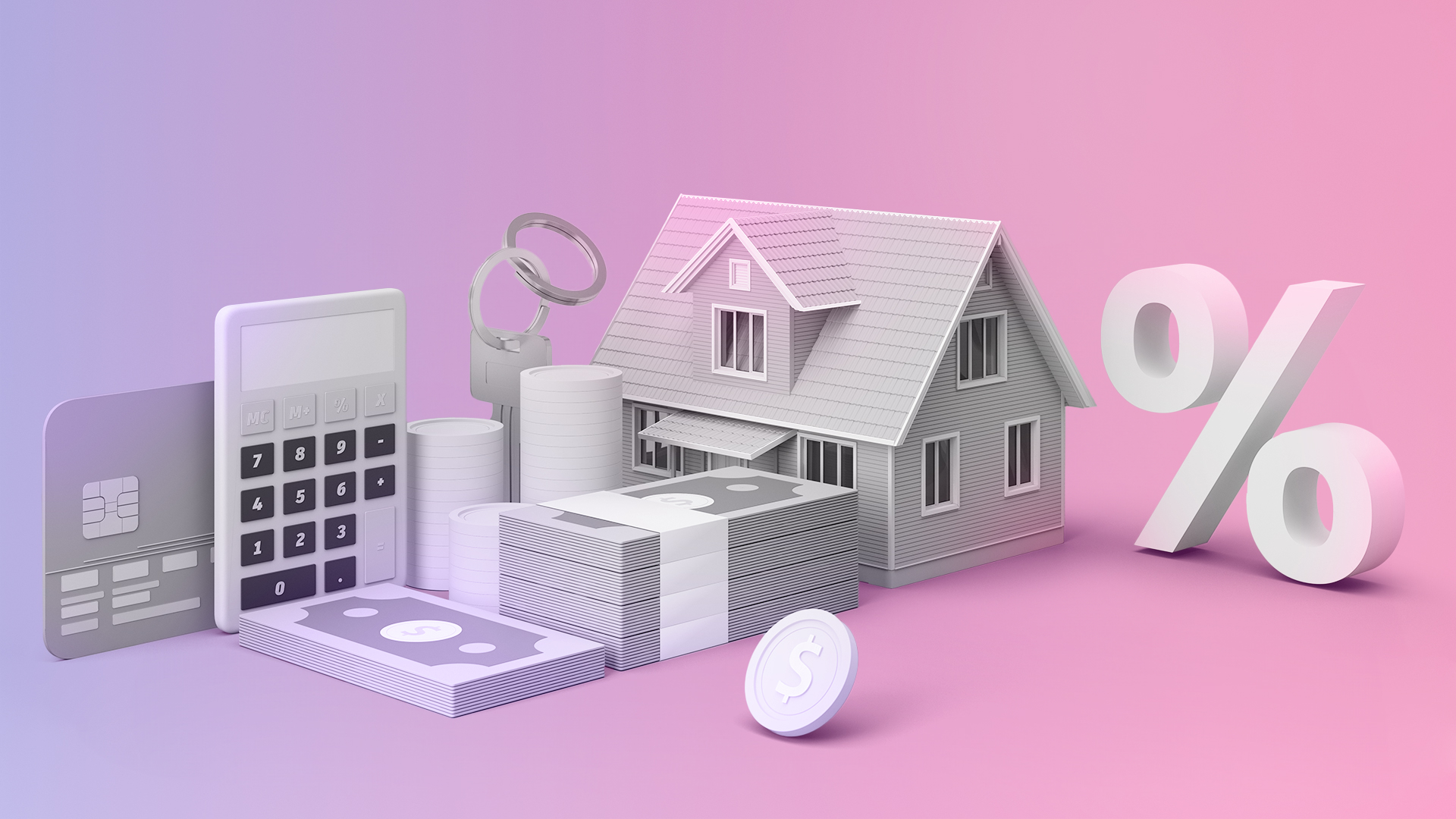What Is A Holding Deposit?
If you want to show the seller you’re serious about buying their property, you might want to throw in a holding deposit along with your offer to sweeten the deal.
Purchasing a property can get competitive, especially when there’s a whole bunch of buyers and not a lot of stock to go around. If you want to show the seller you’re serious about buying their property, you might want to throw in a holding deposit along with your offer to sweeten the deal.
Here’s everything you need to know about holding deposits and when to pay them.
Holding deposit vs home deposit
While a holding deposit and a home deposit might sound familiar, it turns out they both serve two different purposes.
A holding deposit is a non-compulsory sum of money that’s paid to the seller or vendor when making an offer on a property and before any paperwork, like the contract of sale, has been signed. A holding deposit can help to express your interest in the home. It’s usually around 2.5% of the purchase price, but it can be negotiated between you and the seller or real estate agent. In some cases, the seller might agree to take the home off the market for a couple of days to give you a bit of time to get your ducks in a row.
On the other hand, a home deposit is a contribution toward the full purchase price of the home that you’re legally obligated to pay once your offer has been accepted and the contract of sale is signed. A home deposit usually works out to be between 10% to 20% of the purchase price.
When do I pay a holding deposit?
A holding deposit is generally paid after the buyer and seller have reached an initial agreement on the terms of the sale, such as the purchase price and settlement date, and before the official contract has been signed. In some cases, a real estate agent might ask you to pay a holding deposit when you express interest in a property or when you submit your offer.
It's worth noting that a holding deposit isn’t a legally binding commitment to purchase the property, and it doesn’t guarantee that the sale will go ahead. Instead, it allows you as the buyer a little extra time to carry out your due diligence, like property inspections and obtaining financing. If, for some reason, you decide not to go ahead with the purchase, you’re generally entitled to have the holding deposit refunded. In some cases, if you back out of the sale without a valid reason, the seller may be entitled to retain the holding deposit as compensation for taking the property off the market during the period it was held.
I’ve paid my holding deposit, now what?
So, you’ve paid your holding deposit. Now what do you do?
First things first, it’s often worth consulting with a legal or real estate professional to help you navigate the home-buying process, including handling the holding deposit. They’ll be able to provide you with tailored guidance based on your situation, including what will happen with the holding deposit depending on the outcome of the sale. In some cases, the holding deposit will be refunded to you once the contract of sale has been signed. In other instances, the holding deposit is put toward the purchase price.
Once you’ve paid your holding deposit and the seller accepts your offer, it’s time to get the ball rolling on the home-buying process. Here’s what you need to do after paying your holding deposit.
Prepare the contract of sale
Once you’ve paid your holding deposit, it’s time to get everything ready for the contract of sale. The contract of sale outlines the terms and conditions of the property sale, including the purchase price, settlement date and any special conditions. When it comes to the contract of sale, there’s no room for mistakes so it’s important to have a solicitor or conveyancer on your side to help guide you through this process. They’ll be able to help you prepare all the relevant documents and contracts, and they’ll also be able to add any special terms or clauses to the contract, like a building and pest clause and a finance clause.
Complete your building and pest inspection
Once the contract of sale has been signed, the clock starts counting down to settlement day. If you’ve included a building and pest clause as part of your contract, you’ll need to tee up an inspection by the dates specified in the contract. If the inspection identifies any minor issues or major defects, you can use this information to negotiate or pull out of the sale without penalty so long as you include the right clause in your contract.
Apply for finance
Most buyers don’t have the funds to pay for a property outright, so chances are you’ll have to get finance approval. If for whatever reason you’re not able to get finance approval, you should be able to pull out of the sale without financial penalty, so long as you include a finance clause in your contract.
Once you’ve met the conditions of the contract of sale, the contract will become unconditional.
Prepare for settlement
Now that you’ve wrapped up your due diligence and the conditions of the contract have been met, it’s time to start preparing for settlement. This involves coordinating the transfer of funds and completing any outstanding paperwork.
Finalise the sale
On settlement day, you (or your bank if you have finance) will pay the remaining balance to the seller and they’ll transfer ownership of the property to you. If you have a solicitor or a conveyancer, they’ll take care of this for you. These days, most settlements are completed electronically so there’s no need for each party to meet up and complete the settlement.
After settlement, the property is officially yours and the sale is considered complete.
Keen to learn more about the home-buying process? Check out our other articles and stay in the know about all things home loans. You can also use our online calculator to work out how much you could potentially borrow.
This article is intended to provide general information only. It does not have regard to the financial situation or needs of any reader and must not be relied upon as financial product advice. Please consider seeking financial advice before making any decision based on this information.
Unloan is a division of Commonwealth Bank of Australia.
Applications are subject to credit approval; satisfactory security and you must have a minimum 20% equity in the property. Minimum loan amount $10,000, maximum loan amount $10,000,000.
Unloan offers a 0.01% per annum discount on the Unloan Live-In rate or Unloan Invest rate upon settlement. On each anniversary of your loan’s settlement date (or the day prior to the anniversary of your loan’s settlement date if your loan settled on 29th February and it is a leap year) the margin discount will increase by a further 0.01% per annum up to a maximum discount of 0.30% per annum. Unloan may withdraw this discount at any time. The discount is applied for each loan you have with Unloan.
There are no fees from Unloan. However, there are some mandatory Government costs depending on your state when switching your home loan. For convenience, Unloan adds this amount to the loan balance on settlement.
* Other third-party fees may apply. Government charges may apply. Your other lender may charge an exit fee when refinancing.





















































